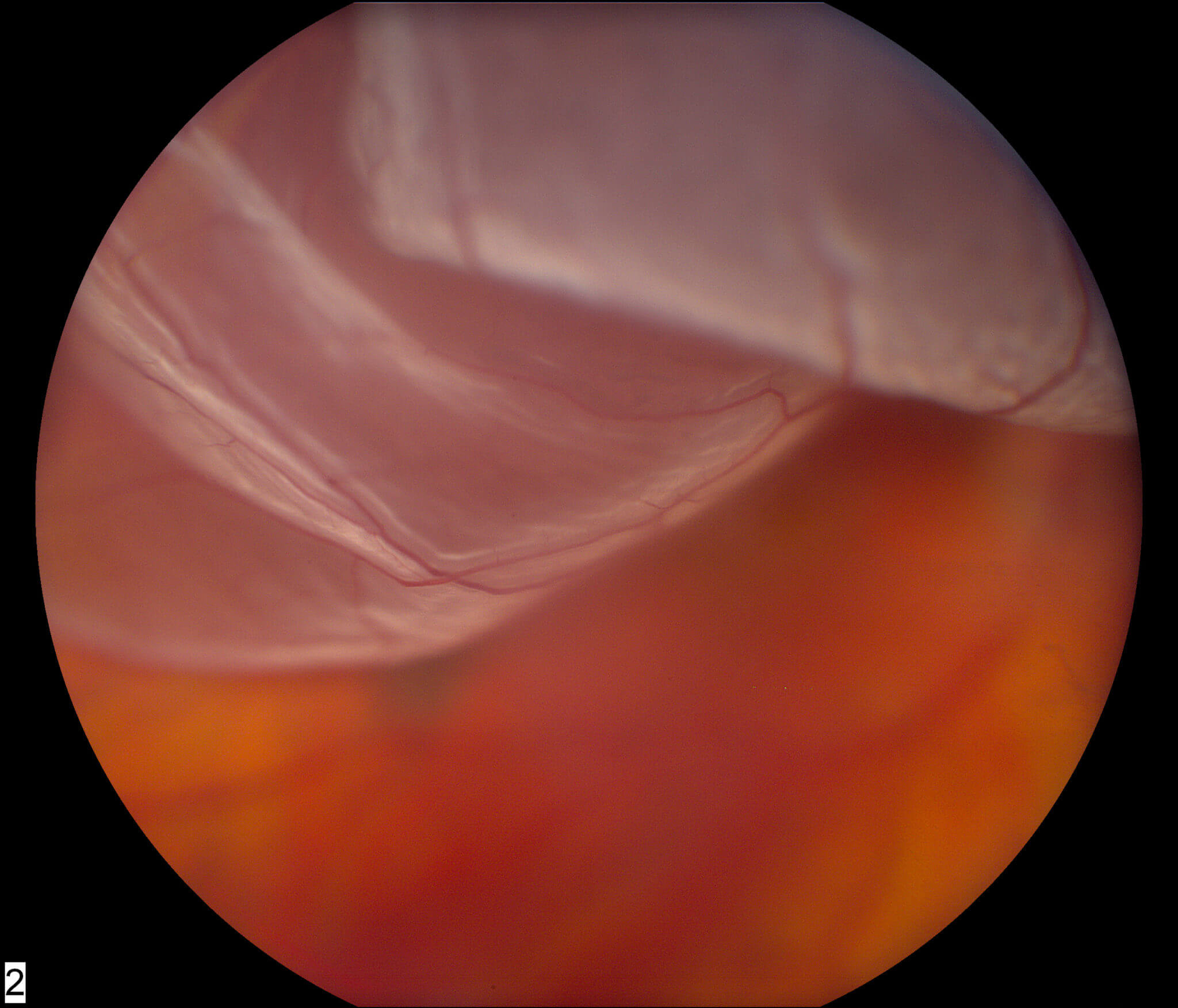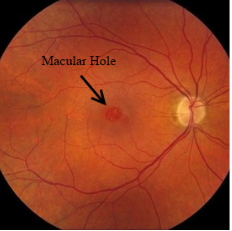
If you have developed this condition or think you need macular hole surgery in Sarasota or Manatee county, we can help. Macular Hold Specialists in Sarasota and ManateeĪt Retina Care Consultants, P.A., we are experts at problems involving the macula, including macular hole surgery. While each method reports some success, it is yet unknown which will prove the most effective and easiest to perform.

Several new techniques have been proposed, including placing tissue over the hole, physically pushing/pulling the edges of the macular hole together, and using retinal incisions to relax the tension on the macular surface. Retinal surgeons worldwide continue to explore new ways to close persistent macular holes. The surgeon can perform additional surgical maneuvers that were not done in the first surgery, including enlarging the retinal membrane peel, using a longer acting gas bubble, and increasing the time in face-down positioning. If a macular hole is persistent, the only real treatment option is to return to surgery. Fortunately, the rate of macular hole recurrence is less than 5% in most studies.
#HOLE IN RETINA SURGERY FULL#
The risk factors for unsuccessful closure include the size of the hole, how long it was present before treatment, and whether a full retinal membrane peel was performed at the time of surgery. Sometime a macular hole will not close with treatment or reopen months or years later. This treatment only works for a significant minority of macular holes (<5%). These drops are designed to dehydrate the retina, which is sometimes enough to draw the edges of the macular hole back together. Some macular holes are so small that they respond to eye drops. By pushing on the vitreous jelly, the bubble can break the connection between the jelly and the edges of the hole, which may relieve enough traction around the hole to allow it to close. One such treatment involves the injection of a gas bubble into the eye in the clinic, called a pneumatic vitreolysis. While surgery is the most successful treatment for all macular holes, patients may achieve successful closure through less invasive means. Lastly, patients are restricted from flying while the gas bubble is in the eye.Īre There Any Other Treatments for Macular Hole? Vitrectomy carries a 2% risk for retinal detachment in the weeks and months following macular hole repair. Besides the discomfort of face down positioning and temporary blurring of vision, patients may also experience a progression of their cataracts in the months after surgery. However, once the bubble is reabsorbed by the body, the hole is found to be closed and vision improved in greater than 95% of cases.ĭespite the high success of surgery, patients should be aware of the risks and side effects. Unfortunately, the vision is not good while the gas bubble is in the eye, typically for the period of two weeks. The allows the gas bubble to press directly on the hole, increasing the chances for successful closure. Then the eye is filled with a bubble of gas, which helps draw the edges of the hole back together again.Īfter surgery, the patient is typically required to spend several days in face-down positioning. Next, a membrane is peeled form the surface of the macula to relieve any persistent tractional forces around the edge of the hole.

The surgery lasts around 45 minutes and involves removing the vitreous jelly from inside the eye, called a vitrectomy. This typically takes place in an ambulatory surgery center under local anesthesia, like a cataract surgery. The most common method for closing a macular hole is with surgery. Do not panic however…closure rates of macular holes are still >95% in most cases, even with months of delay prior to treatment. In fact, the longer a hole can exist, the less likely that it will close with treatment. In most cases, a macular hole will not close without treatment.

What Is the Most Popular Treatment Option for Macular Hole? It is the separation of the vitreous jelly that begins the process of macular hole formation in some patients. The vitreous jelly is in contact with the surface of the retina for the first 50-70 years of life, but slowly begins to separate throughout middle age. On the surface of the macula lies the vitreous jelly that fills the eye. This creates the normal appearance of a dip in the center of the macula. To reduce interference with vision, the inner layers of the retina are pushed aside within the fovea, allowing light to strike directly on the photoreceptors. The center of the macula, called the fovea, is the one-millimeter area where vision is sharp enough to read newspaper print. The macula then interprets the light and sends the information along the optic nerve to the brain. The light that enters the eye through the pupil is focused by the lens onto the macula. It lies along the back inside surface of the eye. The macula is the center of the retina and is responsible for sharp vision.


 0 kommentar(er)
0 kommentar(er)
